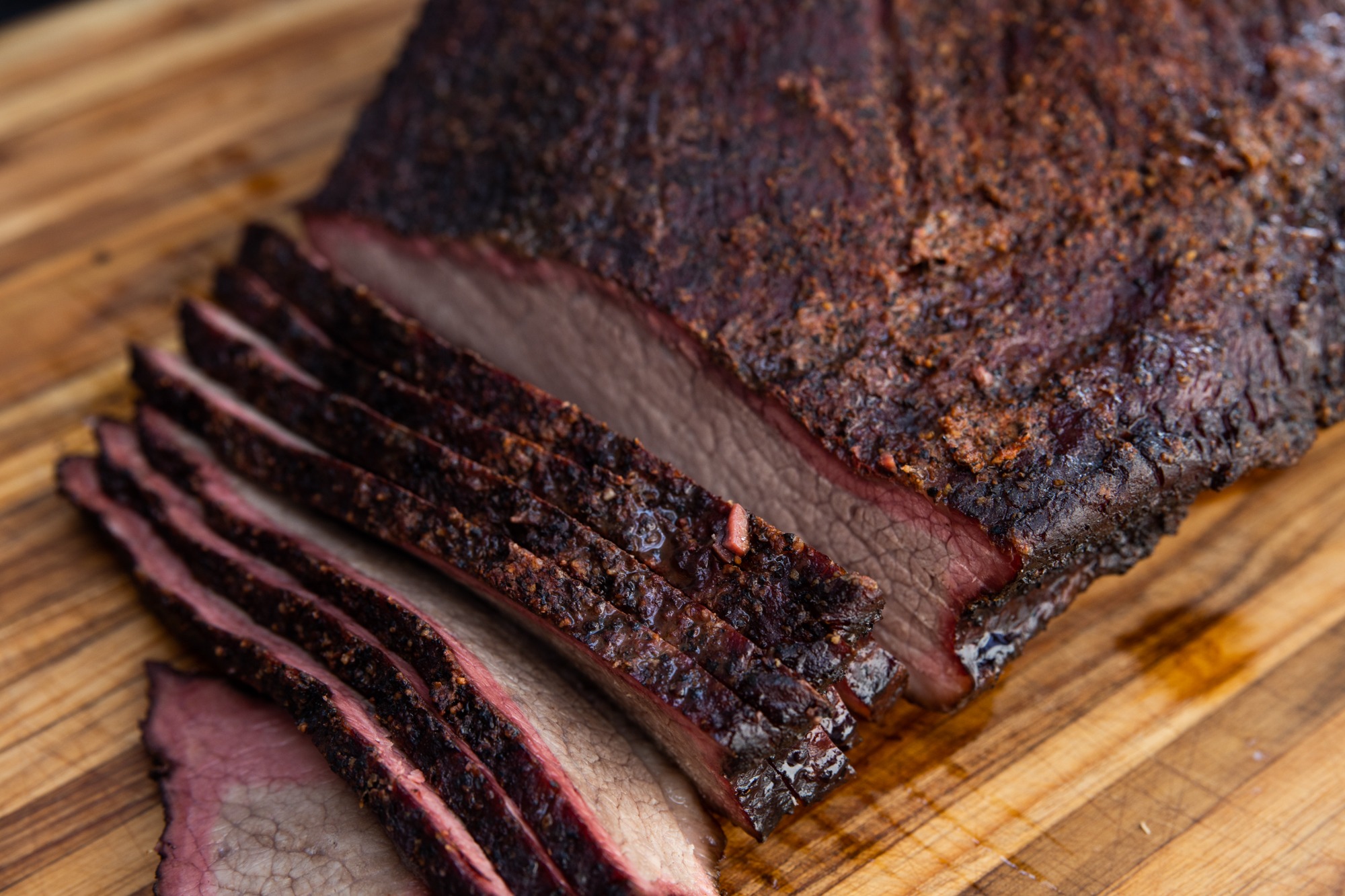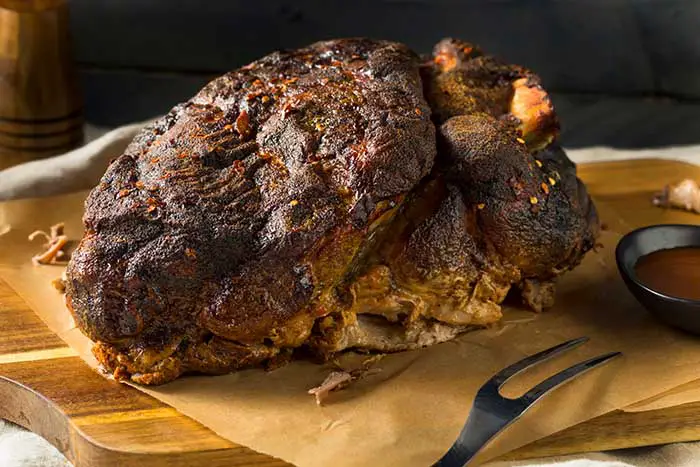
“Unlock the secrets to succulent pulled pork with our foolproof guide on how to keep it irresistibly moist. Discover expert tips and techniques that will take your slow-cooked masterpiece to the next level, ensuring every bite is tender, juicy, and bursting with flavor. Say goodbye to dry pulled pork forever!”
How to Keep Pulled Pork Moist for the Next Day: Guide to Holding

When planning to keep pulled pork moist for the next day, it is recommended to leave the muscle whole instead of shredding it. Shredding the meat exposes it to air, causing it to oxidize and dry out. By keeping the muscle whole, you prevent the meat from drying out or discoloring due to exposure to oxygen.
In terms of holding the pork butt, there are two methods commonly used. The traditional method involves smoking the pork butt until it reaches tenderness, resting it for 1-2 hours, and then pulling the muscles. However, if you want to smoke a day in advance, a restaurant-style method can be more effective. This method involves smoking the pork butt until near tenderness (around 190F), without resting it, and then holding it overnight at a temperature above 140F. This extended rest allows for carry over cooking and collagen rendering, resulting in moist meat when pulled.
To hot hold the pork butt at home, there are three practical options: using an electric smoker set to 165F, using an electric oven set to 170F (after calibrating its temperature accuracy), or using a faux cambro. A faux cambro is created by insulating a basic cooler with old towels and placing the wrapped pork butt inside. Each of these methods helps maintain a food safe internal temperature above 140F.
Meat and Oxidation

When meat is exposed to air, it can start to oxidize and dry out. This is especially true for pulled pork, where the shredded bits of meat, fat, and bark are all mixed together. By leaving the pork butt whole instead of pulling it apart, you can prevent the inside of the meat from being exposed to oxygen. This helps to maintain its moisture and prevent it from drying out or discoloring.
Slicing brisket also causes oxidation, which is why barbecue restaurants often lay the slices in rendered beef fat to prevent moisture loss and maintain the meat’s color and moisture. Similarly, when holding pulled pork overnight, it’s best to keep the muscle whole to combat auto-oxidation and preserve its moisture.
Take the Meat Off the Smoker Before Probe Tenderness
To keep pulled pork moist for the next day, it is recommended to take the meat off the smoker before it reaches absolute probe tenderness. Instead, smoke the pork butt until it reaches around 190F. This will allow the pork butt to continue cooking and rendering collagen while being held overnight in your kitchen oven or smoker set to around 165F. By doing this, the meat will remain moist and tender when you serve it.
To prevent the pulled pork from drying out and oxidizing, it is best to leave the muscle whole instead of shredding it immediately. Once you shred the meat, it starts to oxidize and dry out as it is exposed to air. By keeping the muscle whole, you avoid exposing the inside of the meat to oxygen, preventing it from drying out or discoloring. This is similar to how sliced brisket starts to lose moisture and turn grey as soon as it is sliced. Leaving the pork butt whole helps combat auto-oxidation and ensures that your meat remains moist.
There are two main methods for holding smoked pork butt: the “traditional” method and the “restaurant” method. The traditional method involves smoking the meat until tender, resting for 1-2 hours, and then pulling apart the muscles. However, with this method, you need to ensure that you maintain a food-safe temperature during rest. On the other hand, in the restaurant method, you smoke until near tenderness without resting and then hold overnight at a slightly lower temperature (around 165F). The extended rest allows any tight spots in the meat to be rectified through carry-over cooking over a 12+ hour hold/rest period.
How to Hot Hold Pork Butt

When it comes to hot holding pork butt, there are a few methods you can use. One popular method is to use an electric smoker set to 165F. To do this, wrap the pork butt in aluminum foil and place it on a cooling rack inside an aluminum pan filled with liquid (such as water or apple juice) to prevent braising. Cover the pan tightly with aluminum foil and return it to the smoker until the pork butt reaches near tenderness at around 190F. Once it reaches this temperature, lower the smoker temperature to 165F and allow the pork butt to continue cooking and rendering collagen overnight.
If you don’t have an electric smoker, another option is to hot hold the pork butt in your kitchen oven set to 170F. However, keep in mind that kitchen ovens can be inaccurate, so it’s recommended to calibrate yours with a probe thermometer. Place the wrapped pork butt on a cooling rack inside an aluminum pan and cover tightly with aluminum foil. Leave it in the oven until it reaches near tenderness at around 190F, then lower the oven temperature to 165F and let it rest overnight.
If using an oven or smoker overnight makes you uncomfortable due to safety concerns, you can try the “faux cambro” method. This involves using a basic cooler insulated with old towels. Pre-heat the cooler by pouring near-boiling water into it and letting it sit for a few minutes before emptying it out. Wrap the towel-wrapped pork butt in aluminum foil and place it inside the pre-heated cooler. Close the lid tightly and let it hot hold overnight.
Hot Holding with a Kitchen Oven
One practical option for hot holding your pulled pork is to use a kitchen oven. However, it’s important to note that most kitchen ovens are not very accurate in maintaining temperature. It is recommended to calibrate your oven with a probe thermometer to ensure accurate readings. Set your oven to its lowest setting, which is usually around 170°F.
It’s also important to consider the safety aspect when using a kitchen oven overnight. If you have concerns about leaving your oven on unattended, you can use an alternative method called a “faux cambro.” This involves using a basic cooler, such as a Coleman cooler, and insulating it with old towels.
To use this method, heat-treat the cooler by bringing water to a near boil and letting it cool for 10-15 minutes. Then pour the hot water into the cooler and close the lid. Allow the cooler to heat up for 5 minutes before placing the towel-wrapped pork butt inside and closing the lid tightly.
Both methods of hot holding with a kitchen oven or faux cambro will help maintain the internal temperature of your pulled pork above 140°F, ensuring food safety while keeping the meat moist for consumption the next day.
Hot Holding with a Cambro or Faux Cambro
Hot holding with a Cambro or faux Cambro is another method to keep pulled pork moist for the next day. A Cambro is an insulated food carrying box that is designed to maintain the temperature of food. However, Cambros can be quite expensive, starting at around $250. As an alternative, you can create a faux Cambro using a basic cooler and old towels.
To use this method, first heat-treat the cooler by bringing water to a near boil and then letting it cool for 10-15 minutes. Pour the hot water into the cooler and close the lid, allowing it to heat up for 5 minutes. This step helps prevent the cooler from wicking away heat from the wrapped pork butt.
Next, wrap the pork butt in towels and place it inside the pre-heated cooler. Close the lid tightly to seal in the heat. The towels will act as insulation to keep the pork butt warm for an extended period of time.
Using this hot holding method with a Cambro or faux Cambro will help maintain a food safe internal temperature above 140F, preventing bacterial growth while keeping the pulled pork moist until you’re ready to serve it on the next day.
In conclusion, there are several strategies to keep pulled pork moist: brining it before cooking, using a water pan in the smoker, wrapping it tightly while resting, and adding a flavorful sauce. These techniques will ensure tender and juicy pulled pork for your next meal.
Learn More About Grilling
If you want to learn more about grilling, check out these other helpful resources!











